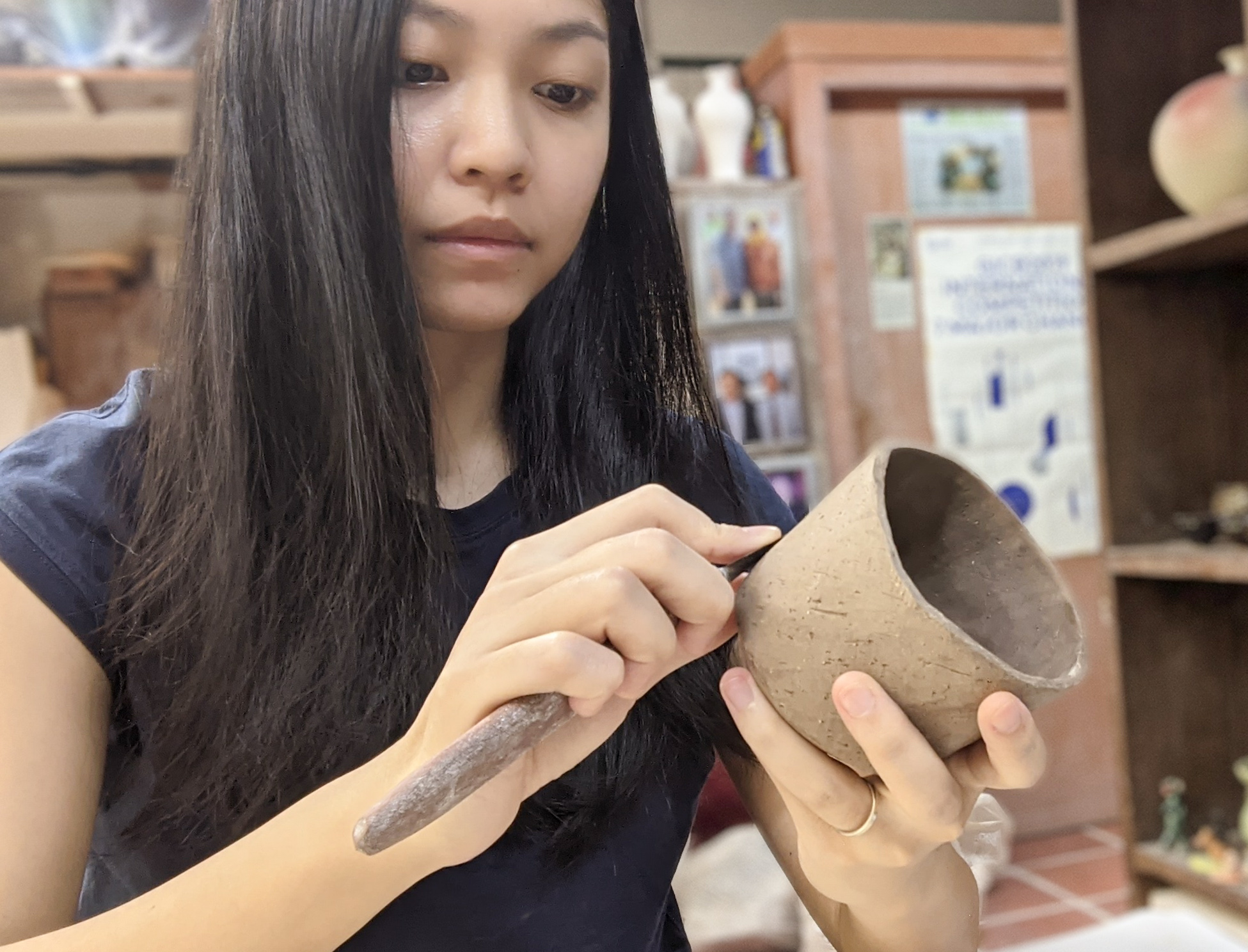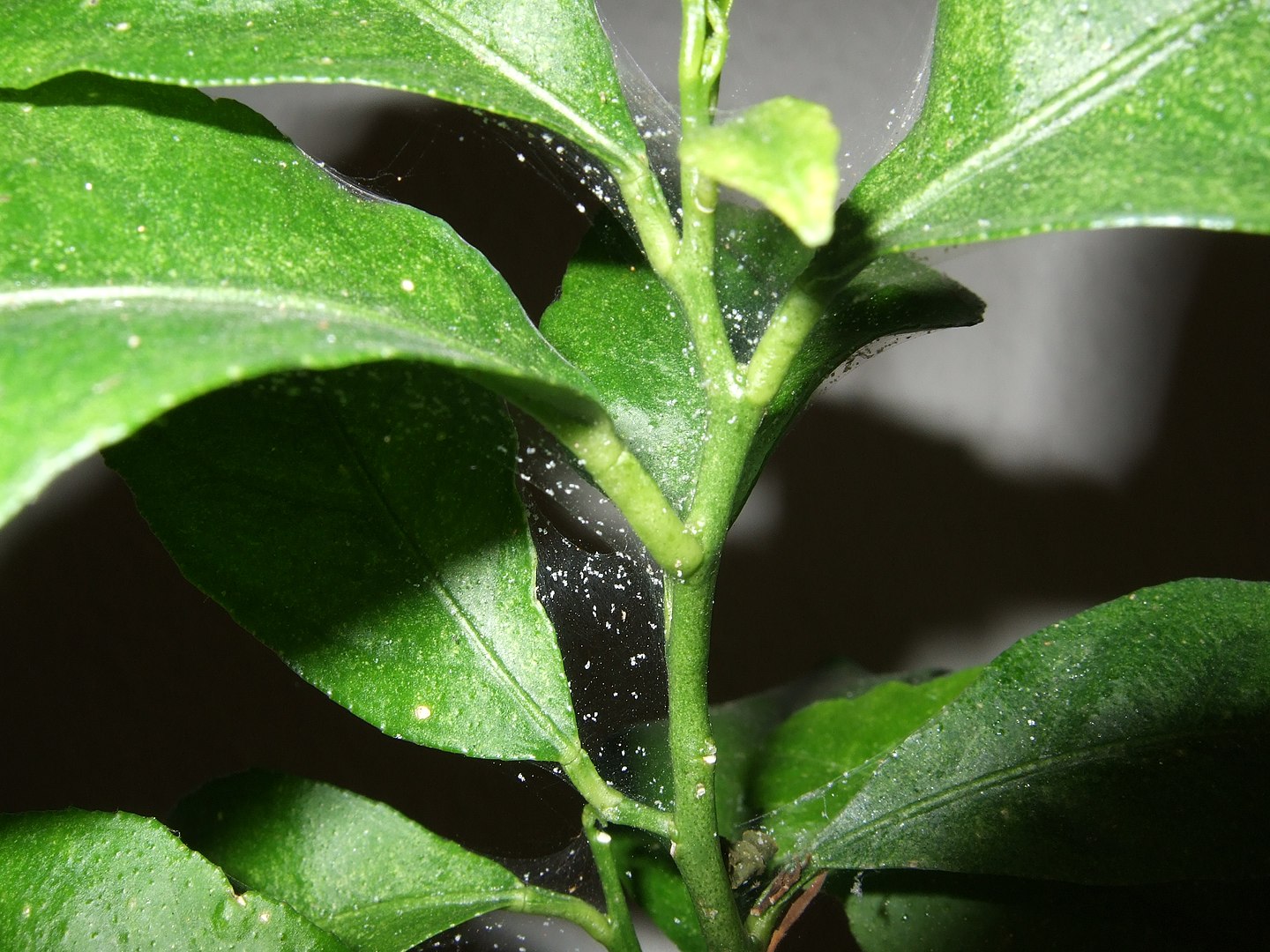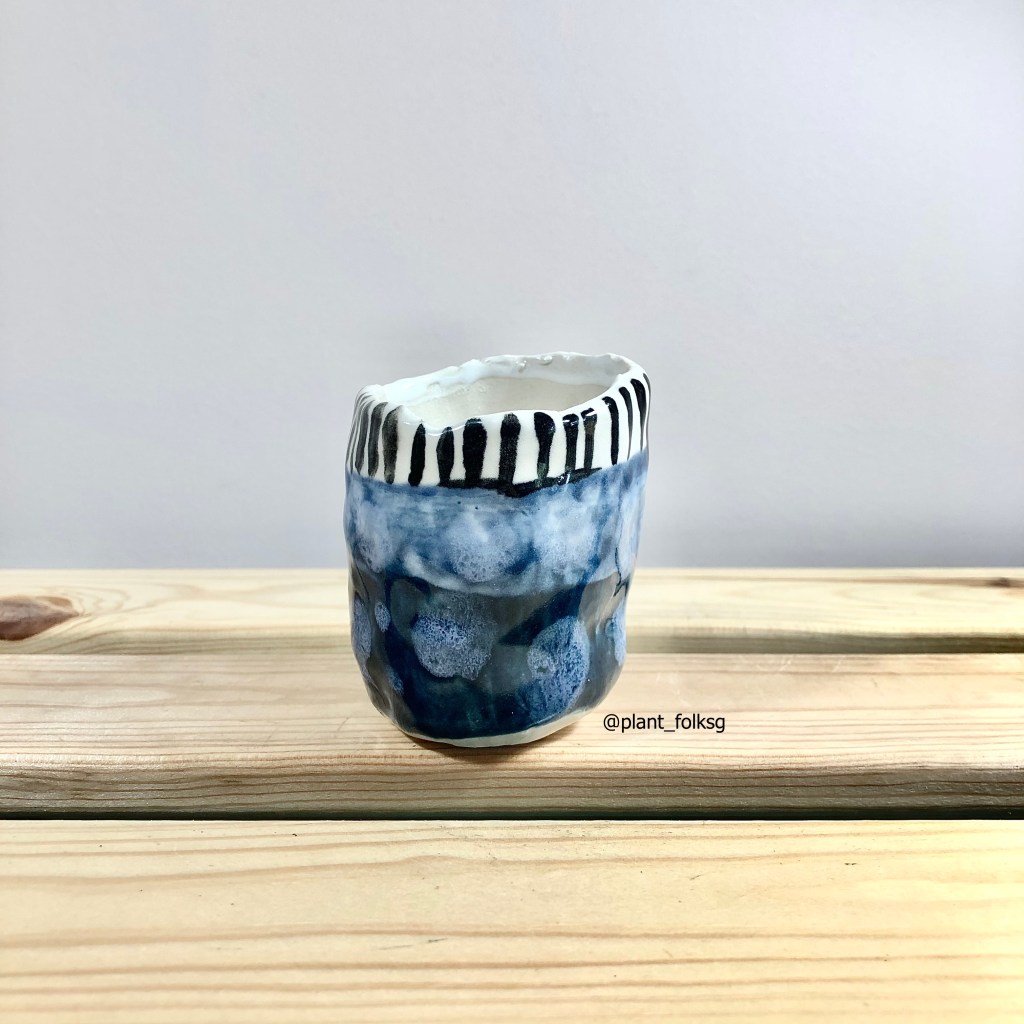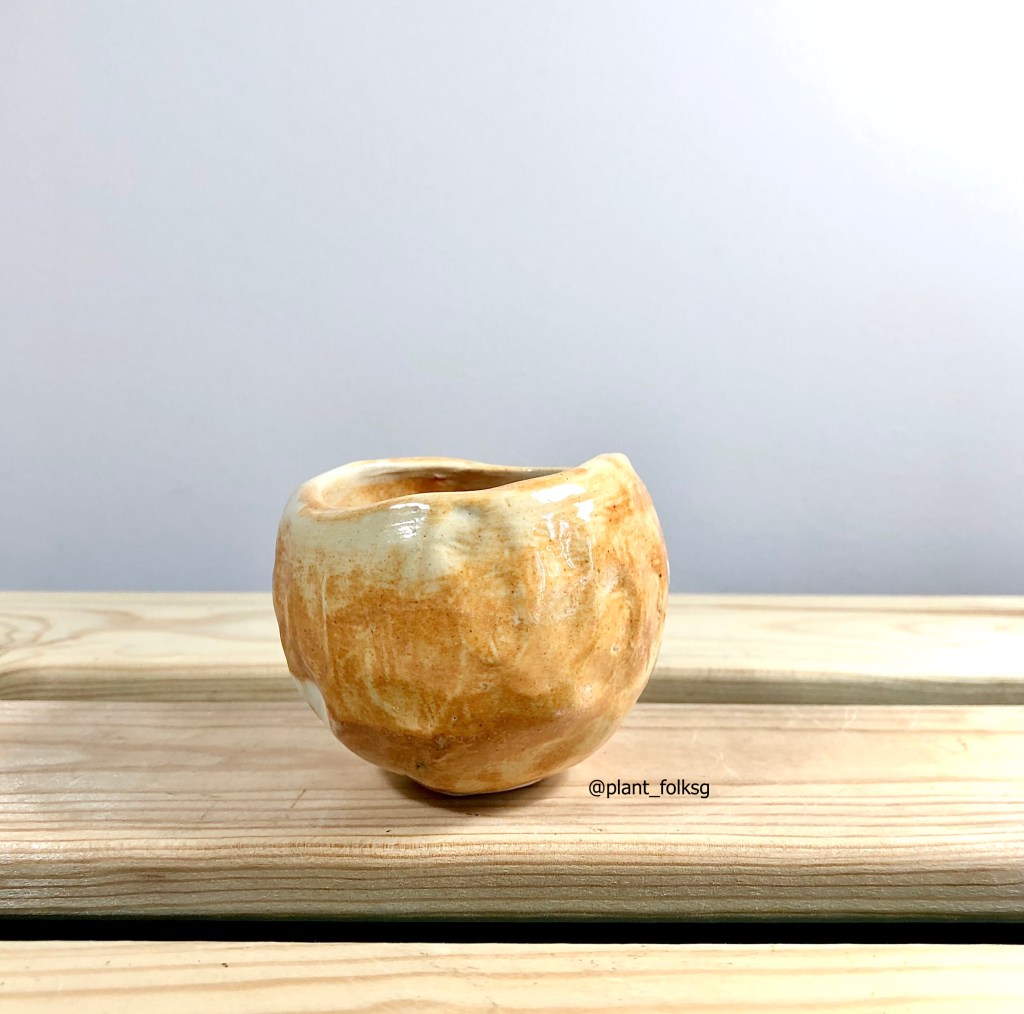
Lerae is a talented ceramist based in Singapore known for her beautiful handcrafted ceramic planters and tableware. Her minimalist inspired designs are created to perfection with her skilful throwing of artistic forms and shapes . We love her unique style especially in our signature bee-hive planters. Find out about her in our chat below.
Lerae @llerae.makes
How did you get started in ceramics? Tell us your story.
I started learning ceramics in 2015. Initially, I set out just to find a new hobby as I really enjoy being a complete beginner and learning new skills from scratch. There are so many different aspects to pottery, so I am able to continue taking lessons for a few years without ever feeling bored. Over the years, I have really grown in love with the craft and have decided to turn it from a hobby to a full-time job in 2020.
Any recent highlights to share?
A huge highlight for me would be having my own online webstore. It feels like an important milestone and I think it makes for a better shopping experience for my customers since they can now view a proper catalogue of products.
What would you think best describes your style?
I enjoy creating works with a muted palette but energetic forms.

Where do you draw your inspiration from?
I draw my inspiration from really anywhere. Besides using social media, I love to observe what kind of ceramics people actually use in their homes. If I do eat out, I pay attention to the kinds of tableware restaurants use.
Tell us more about the method, process and details when creating one of your planters? What are the pains and rewards?
There is usually an extended planning period at the beginning. For commissions, I love to involve my clients to get to know their vision and iron out the specifics like proportion and size, which I gather is pretty important depending on the type of plants intended for the planters. To create the planters, I throw and trim on the wheel. Next, the pots will be glazed and sent for firing.
It warms my heart to see beautiful plants housed in my planters! Nothing feels more rewarding than knowing the ceramics that I have created are being put to good use. On the flip-side, as the process can be tedious, it can be somewhat painful when things don’t go well and pieces have to be remade.

I think you can definitely find designs that are more unique if they were handcrafted as compared to mass-produced ones.
lerae on fast retail & Locally handcrafted planters
The Lerae X Plant FOLKS collection are all individually designed by us and you would not be able to find similar designs from fast retail shops. In addition, as each piece is crafted by hand, you can see differences in form or glaze across pieces, and this makes each piece more unique. Plus, handcrafted planters have a certain “warmth” to them when you know that each one has been carefully and painstakingly made by hand.
Are handcrafted ceramic planters worth the price?
For sure! But it is rather subjective and whether the price is justified ultimately boils down to your lifestyle and what you care about.
Tell us about a personal favourite planter (created by you).
A personal favourite of mine is the tripod planter – the feet are super cute!
What materials most fascinates you when creating a work?
I am fascinated the most by glazes. There are many different combinations to work with, so the process of picking a glaze is never dull. In my opinion, it has as much impact as the form on the overall look of a piece.

What does quality mean to you?
A well-made utilitarian ceramic product needs to have a good balance between functionality and aesthetics . Weight, thickness, form and food safety are all important considerations. If it is meant for everyday use, it should also feel comfortable to hold it.
Planter-wise, it needs to have a relatively high degree of porosity as compared to other forms of ceramics and be of a good proportion for whichever plant intended.
What is your favourite plant?
Tell us about the planter you would like to create for it? My favourite plant is the ZZ plant (Zamioculcas zamiifolia)because it is so resilient and refuses to die on me. When it outgrows its current pot, I am likely to make a terracotta one with a simple matte white glaze for it.
<Check out more of our ceramic planters handcrafted by Lerae on our web shop>
https://plantfolksg.com/product-category/planters/collections/plant-folks-x-lerae/
.



































































